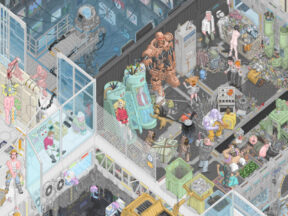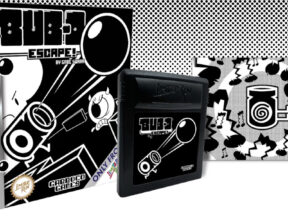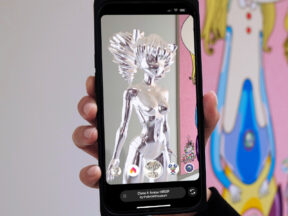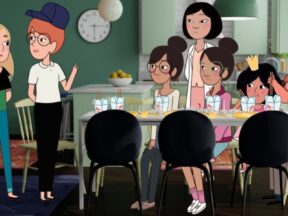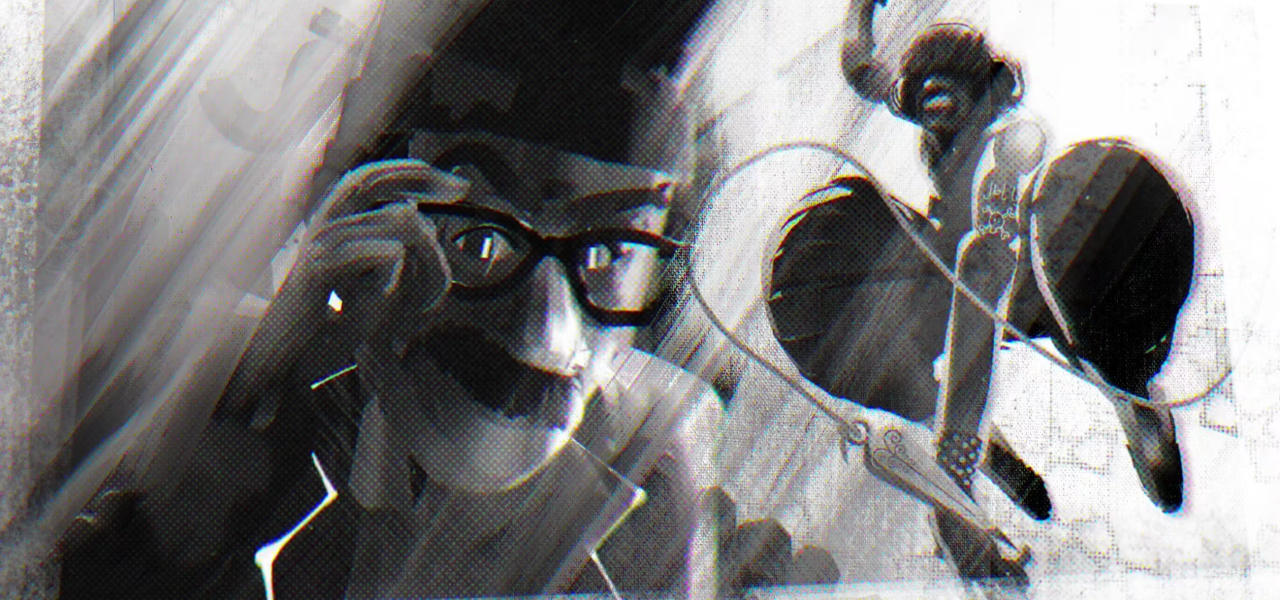
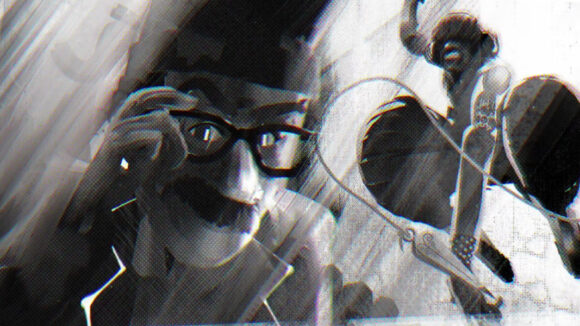
Tools Of The Trade: How Jamil Lahham Used VR Software Quill To Pay Tribute To A Classic Syrian Series
In our Tools Of The Trade series, industry artists and filmmakers speak about their preferred tool on a recent project — be it a digital or physical tool, new or old, deluxe or dirt-cheap.
In this installment, Reelfx Montreal animation supervisor Jamil Lahham (animator on Cloudy with a Chance of Meatballs, Scoob!) explains how he used the vr animation software Quill to solo animate his short film Rise and Shine, a tribute to Sah Al-Noom (spellings vary), one of Syria’s most popular tv shows of the 1970s.
For those with the hardware, the immersive version of Rise and Shine can be accessed here. Over to Lahham:
The Project
When Sah Al-Noom was on the air, we didn’t have many options to watch on television in Syria. There were two channels that broadcast 10 hours a day, and that was it. So we got to watch and rewatch Sah Al-Noom many times over the years, and sometimes we, as kids, preferred it over cartoons! But not only because of the lack of options; the show was funny, and it was a multi-generational success in the region. So much so it had sequels, prequels, and spinoffs. All the characters on the show were iconic and distinct in their looks, characteristics, and speech patterns. Yet unlike Laurel and Hardy or Mr. Bean, they’ve never been animated. So, revisiting Sah Al-Noom was a natural and nostalgic choice for me. I mean, what animator wouldn’t want to animate their childhood heroes?

The final look of this project is a result of my sincere admiration for such films as The Witness by Alberto Mielgo and The Lokals by Bozo Balov, as well as all the anime I’ve consumed growing up. That said, I intentionally avoided researching these influences in depth and instead let it seep through me as I made my short. I wanted the audience to feel my influences as opposed to getting slapped in the face by them if that makes sense.
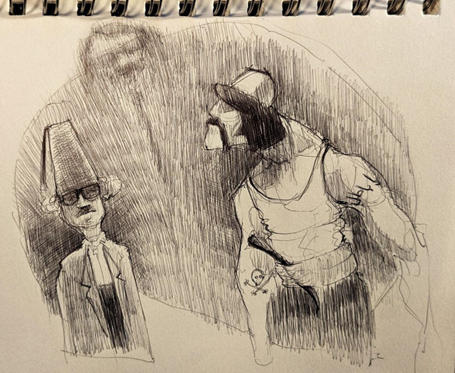
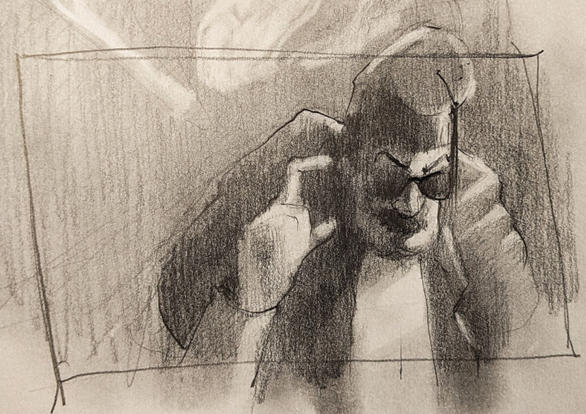
The Tool
For a long time, my younger brother egged me on to try one of these headsets for exercising. According to him, it was a great tool for a workout, but the first thing I did when I finally bought one was install Quill, as I’d heard about it a couple of years prior through artists like Nick Ladd, Federico Breser, and Goro Fujita.
The app at first is confusing in its extreme simplicity, especially for a heavy Maya user like myself. There were no viewports, no numeric parameters or predefined geometric shapes, or a keyboard… “What the hell am I doing here”? I kept asking myself, and the moment I laid my very first squiggly stroke in 3d space I knew this was going to be an addictive ride.
I’m sure you’ve heard the phrase: “If you can draw it, you can animate it.” With Quill, if you can draw it, you can animate it, in 3d, with cameras, and the ability to paint the light, all while bypassing all the principles a traditional pipeline required for any production of any size.
So, animators who draw/paint can now go from concept to animation in no time. And that’s all I needed to know to commit to it; Simply put, Quill allowed me to be the one-man band I needed to be for this project and for all my future projects.
Using Quill
Generally speaking, I think the steepest learning curve with Quill is getting over the simplistic interface and controls, especially for artists who come from a PC program environment. That said, the learning curve can be flattened out quickly with the right mindset and enthusiasm. I remember in my early days, I’d spend hours in the headset mindlessly making random marks just so I could learn the shortcuts, and I got over the hump fairly quickly. Seeing your drawings form in 3d right before your eyes is an absolute rush!
I’d say having a solid background in drawing is a must. Another skill set that comes in handy with Quill is creative thinking/problem solving. Quill is limited by design. It is meant to combine traditional animation and cg animation in one virtual space, and while it offers a lot of features, it lacks the features one can only find in a full traditional 3d software, so it boils down to the creator’s vision of how to utilize these limitations and turn them into strengths, aka, style. I read all kinds of negative reviews and opinions online about how “awful” and “limiting” Quill can be for some people, and all I can think is: the tool is as limited as your imagination.
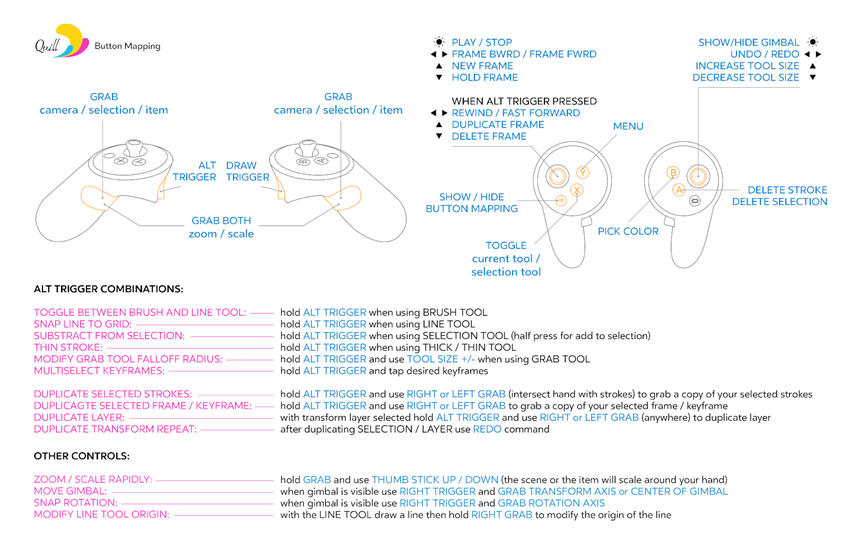
Advantages of Quill
Much like any sculpting program, Quill lets you lay down geometry in strokes with different profiles. I like to think of it as “Digital clay.” Once a mark is made you then have the tools to edit and tweak those markings to your liking, and since there aren’t any bones or traditional rigging systems in Quill, every frame you see becomes its own sculpture/blend shape, which gives the artist a complete authority and control over every little detail and decision that goes into the crafting of every frame. Something I assume every creative out there craves.
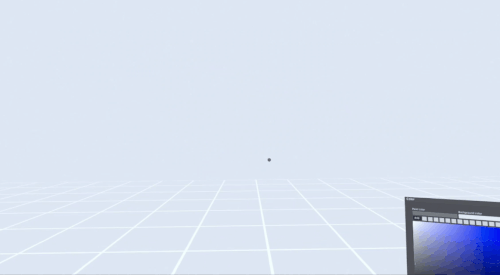
On the technical side, Quill offers two ways of outputting a film:
- Classic flat rendering like in any cg film.
- Immersive experience option. 360 degrees.
Personally, I wanted to take on the challenge of creating both versions as practice for future projects, so I had to come up with a special setup that allows for an identical experience for the audience in either viewing option.
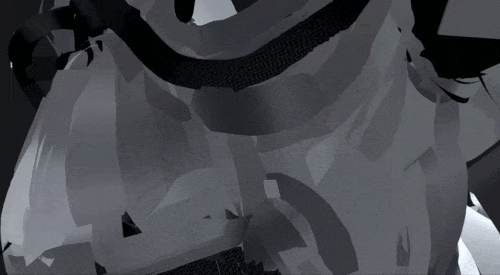
Production
I worked on this project for around six months, during which the story changed about three times, and it really shouldn’t have. But, since Sah Al-Noom was so personal to me and I worked on it solo, I was a bit harsher in my judgments towards the state of the project. It kept evolving and changing, and in a way, that became the hardest challenge, not having an artist partner that understands the original material enough to give valid feedback. The most satisfaction I felt was the moment I had something worth sharing with colleagues and their reactions were absolutely comforting. It feels good when a piece of work lands right.
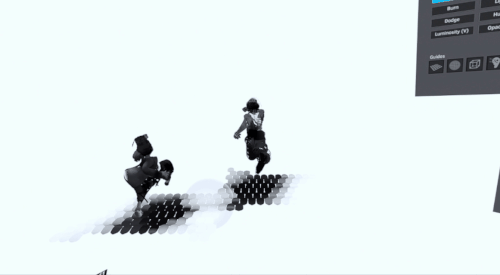
Evaluation
Going into this project, I had two main goals:
- To stress test my vision as a filmmaker and a Quill artist.
- To develop my own workflow for my next short film.
Following the story changes, I became very insecure and unsure about my work; I was constantly wondering, “Where am I going with this?” and “Will it even matter?” It was like looking for excuses to quit. After that, it was the small wins every other week that gave me hope and pushed me to see this project through. Watching the short all rendered and done now, I feel very happy and satisfied with the outcome. Looking back at when I started, I would have never thought that I’d be typing up a piece like this about the finished film and Quill. That is a humbling and gratifying experience that I don’t take for granted, and I cannot wait to embark on the next project.
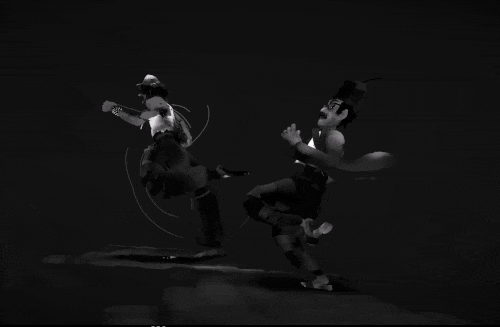

.png)
